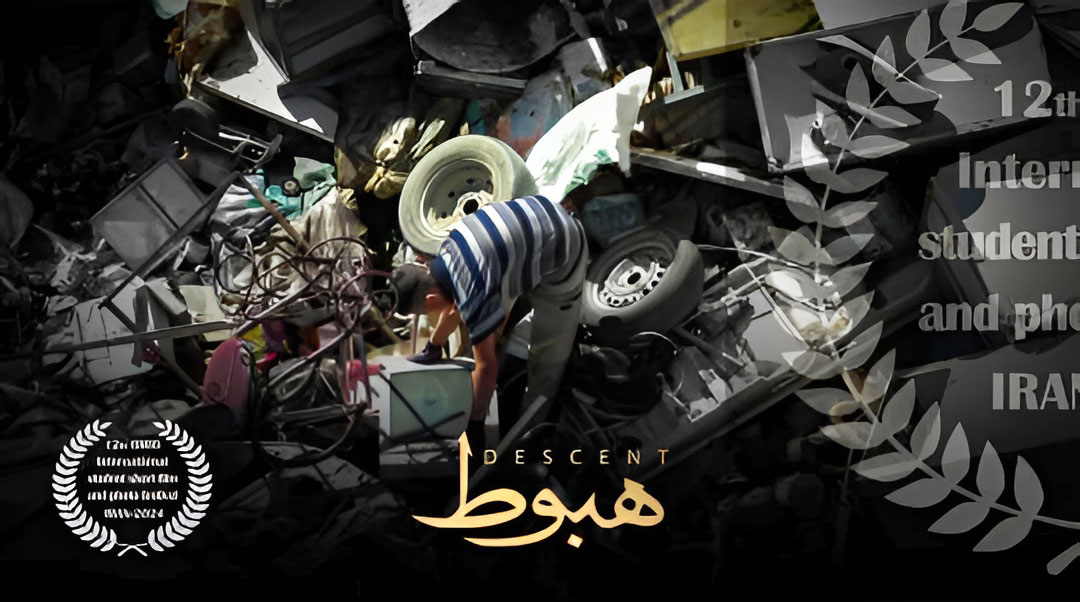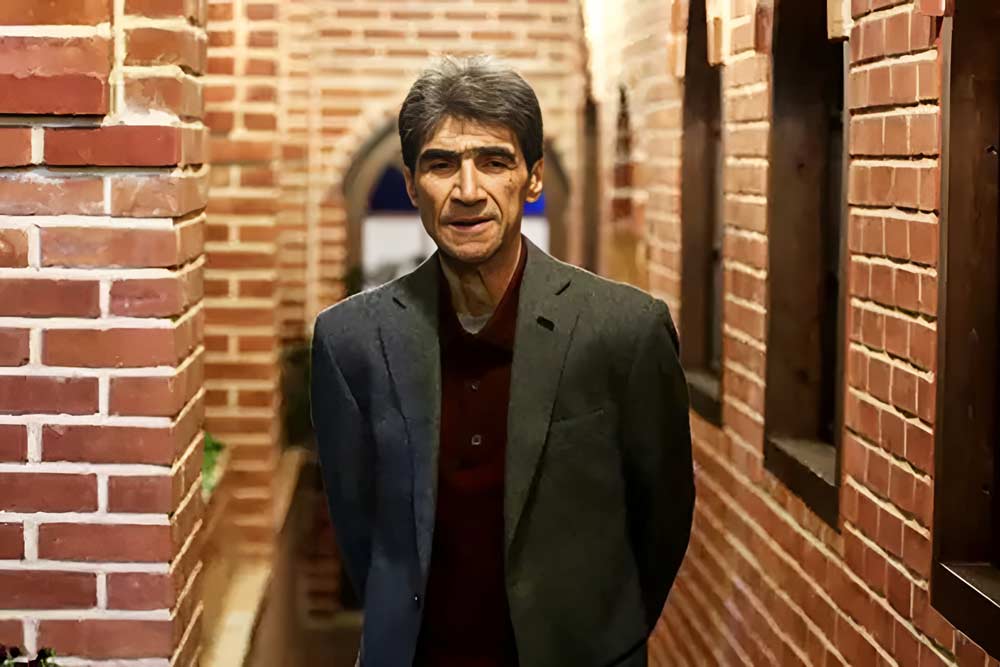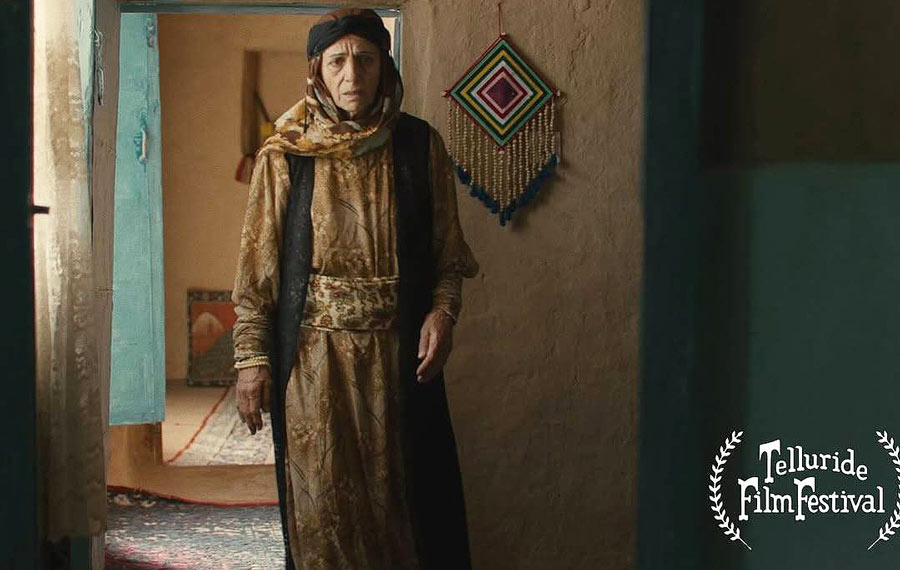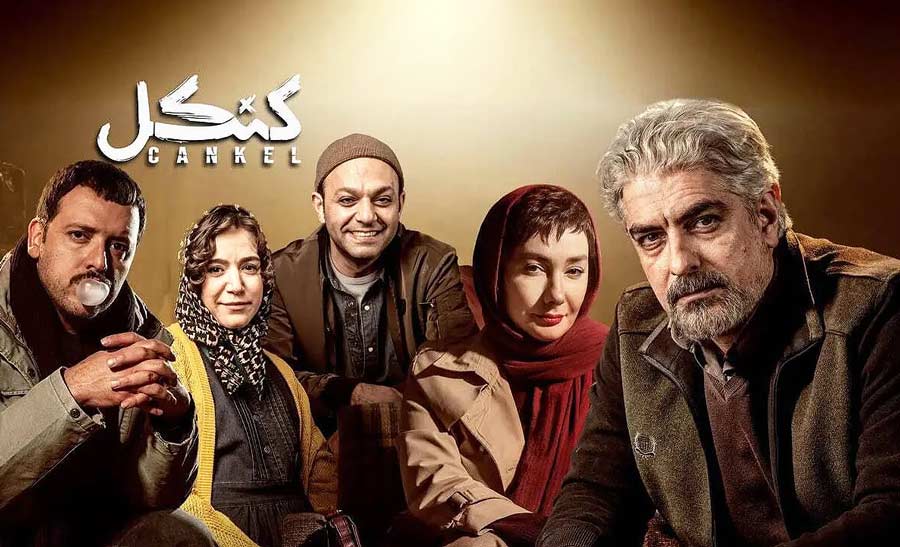Kheimeh Shab Bazi, A National Cultural Heritage in Oblivion

In defining “Culture,” intellectual aspects of life such as science, art, and religion are addressed. These include values, beliefs, attitudes, laws, and regulations that identify a group and guide the behavior of its members. Culture represents the overall lifestyle. (1)
Alireza Hayel Moghadam* / From this perspective, the traditional show “Kheimeh Shab Bazi” can be studied in alignment with the concept of intangible cultural heritage under the term “folklore/traditional shows and traditional values.” According to the mission established for the former organization (current Ministry of) Cultural Heritage, Tourism, and Handicrafts, as approved by the Islamic Parliament of Iran, research and study of the remaining works of the past to introduce their hidden values using scientific knowledge and optimal utilization of potential and actual capacities, efficient human resources, laboratories and equipment, libraries, and other available research tools are entrusted to the Research Institute of Cultural Heritage and Tourism. (2)
In addition to this legislation, this article points out the neglected potential capacities of other institutions such as broadcasting, education, and the private sector (private art schools and non-governmental organizations) in the development, dissemination, and teaching of the ancient art of “Kheimeh Shab Bazi” which has long faced neglect.
Introduction:
The historical signs of puppet theater in Iran, as seen in ancient literary works, trace back to the era of Bahram Gur of the Sassanid dynasty. Hakim Nezami Ganjavi refers in a poem to the migration of over six thousand Indian entertainers to Iran, some of whom were puppet masters. In the “Fotuvvat Nameh Soltani” by Mullah Hossein Vaez Kashifi Sabzevari, it is also mentioned that puppet masters were part of the performers’ community, executing various puppet shows day and night called “Kheimeh” and “Pishband,” narrating a brief account of one of these performances.
In Popak Azimpour’s research, which includes interviews with the few remaining artists of this performative art, it reviews the biographies of professors from the Safavid era to the present and notes that the origin of string and hand puppets lies in China, Russia, and India. Kaka Mohammad Shirazi (the father of Iranian Kheimeh Shab Bazi during the Qajar era) adopted its fundamentals from these countries and reproduced it in a form more suitable to Iranian (society at that time, that is, Kheimeh Shab Bazi). While the characters of “Kheimeh” have evolved to suit Iranian indigenous culture, distancing from their original types, the text of these plays, rooted in our traditional and oral literature, has remained unchanged. (3)

By reviewing the current sources and the evolution of “Kheimeh Shab Bazi” through different periods, especially before and after the Islamic Revolution, it appears that significant progress and achievements in this art nationally or internationally have stemmed more from the combined efforts of concerned artists and enthusiasts, rather than systematic planning by responsible organizations.
Academic or traditional communities and enthusiasts have acted as “catalysts,” whereas the governmental structures (i.e., broadcasting, the Institute for the Intellectual Development of Children and Young Adults, etc.) have played a “reactive” role. It is hoped that the perspective of these stakeholders is acknowledged in the preparation of the National Theater Document currently being drafted by the Ministry of Culture and Islamic Guidance with the participation of notable theater figures and academic professors.
Problem Explanation:
This article addresses the concern of the lack or inadequacy of strategic and operational frameworks for the preservation, development, and dissemination of traditional puppet performance art in general, and “Kheimeh Shab Bazi” in particular.
Despite the numerous challenges faced by artists in transmitting their experiences to subsequent generations in line with the traditions of their predecessors, fortunately today, the era of visual documentation powered by technology exists. Artists of the Qajar era and earlier were deprived of such facilities, lending to the fact that all that is passed down from them remains within the realm of imagination.
Broadcasting networks (IRIB), can provide a suitable platform to familiarize interested children and adolescents with “Kheimeh Shab Bazi” provided that: Firstly, it should not be episodic and sporadic; the educational capacities of educational channels should be optimally utilized to include the continuous and structured learning of mastership, assistantship, puppetry, storytelling, scriptwriting, etc.
Secondly, a scholarly and professionally guided approach be maintained through engaging experienced theater graduates and seasoned professionals to ensure these programs align with the objectives highlighted in the issue statement. Otherwise, the damages resulting from incompetence and misguidance could exceed the potential benefits.
Existing Sociocultural Obstacles:
The current society is entangled with some paradoxical issues regarding legislation and regulations from past decades, manifesting in the indecisiveness of various level managers in performing their official duties. For example, while music in Iranian performances should be played live during shows for completeness—considering the nature of the performances and the importance of on-stage elements emboldened with improvisations (4), the depiction of musical instruments on the Islamic Republic of Iran Broadcasting faces jurisprudential issues. Meanwhile, such regulations are not comprehensively enforced in public performances, concerts, street festivals, or even visual media platforms compared to broadcasting.
The role of a courageous and socially aware authority in revisiting and updating rulings to resolve such issues and meet contemporary societal needs is significant.
 In figure 1, the late master Khamseh and his assistant are playing the tambourine and the drum while interacting with puppet characters.
In figure 1, the late master Khamseh and his assistant are playing the tambourine and the drum while interacting with puppet characters.
Another example is the substantial budget allocated for equipping juvenile correction and rehabilitation centers, while an equivalent or lesser amount, by incorporating educational programs and avoiding direct and indirect damages from these children’s criminal activities, can embed ethical, cultural, and social values in the minds of the next generation through engaging school art curriculum.
Extensive speeches and reasoning by instructors may not have the impact that a collaborative theatrical project, managed by students from concept to execution, can achieve.
“Kheimeh Shab Bazi” by utilizing its critical yet sincere and well-natured character Siyaah (Mubarak, Yaqut, Zomorrod, etc.), can effectively instill concepts such as honesty, peace, sacrifice, etc., in children’s beliefs. This show’s consistent emphasis on promoting good morals and denouncing unethical acts through the centuries exemplifies the utmost proper use of national cultural resources for educational interactions.
For brevity, only two examples of essential neglected subjects over the years are mentioned here. Clearly, knowledgeable readers can extend this list through more meticulous examination.

Iranian Puppet Theater in the View of Others:
A) Research Field:
Russian Orientalist Roman Andreevich Galyonov (1893-1938) studied Iranian popular theater from 1925 to 1928 in Tehran. His works, still not translated into Persian, include “The Bald Pahlavan – Persian Puppet Theatre” ,”Kheimeh Shab Bazi – Persian Puppet Theatre”, “Arena Performances” ,”Iranian Popular Theatre”.
Interestingly, his contemporaneous compatriot Y. N. Mar was also in Iran, likely resulting in Mar’s article “Things about the Bald Pahlavan and Other Types of Popular Theater in Pers” (Iran), complementing Galyonov’s research. (5)

Significantly, during his three-year stay and field study in Iran, this young researcher documented intricate details of performance locations, stage dimensions and puppets, including the number of strings and construction materials, artists’ details, and more, making his translations a potentially invaluable resource for further studies. One photo 2, shows the clothing of some “Kheimeh Shab Bazi” characters.
B) Performance Field:
Occasionally, some “Kheimeh Shab-Baz” directors and artists have captured the attention of international festivals with their performances.
“… I am one of the first women to perform Kheimeh Shab Bazi. This pioneering aspect entails many challenges, but I am pleased to say that I have been reasonably successful … I was invited to Paris after my work was noticed at a student festival, met other groups, and performed Kheimeh Shab Bazi in several countries.”
This quote from Behnaz Mahdi Khah’s interview with Borna News on March 24, 2021, highlights her achievements. She is a theater graduate who has long written for Mubarak, played the tambourine, and set up the tent. Her performances, such as that of Amir Hossein Ensaafi and Meysam Bideqi, have been met with overwhelming enthusiasm in schools, with 350 performances. 6)
C) Influence in other Countries:
“Kheimeh Shab Bazi” also has a presence in other Muslim countries. In Arab lands, “shadow theater” is the more common form of puppet show, whereas in Turkey, following an English puppeteer, Thomas Holden’s visit, “Kheimeh Shab Bazi” was influenced by European styles. Afterward, “kokla” (string puppet) in Turkey was known as Holden’s puppet. (7)
In Turkmenistan and Uzbekistan, influenced by Persian culture, Kheimeh Shab Bazi with string puppets is known as “Qughir Chaklar”. (8)
Central Asian Turks recognize “Kheimeh Shab Bazi” with hand puppets as chador khiyal, kukur chak, or korchak. (9)
“Kheimeh Shab Bazi” is also performed in Tajikistan (10) and Afghanistan.
In parts of the Balkans, a unique form of “Kheimeh Shab Bazi” exists where the puppeteer lies on the ground and operates small and large puppets using hands and knees, respectively.
Conclusion:
From the discussions, it can be inferred that the ancient art of Iranian puppet theater (both “Kheimeh Shab Bazi” and shadow theater) has been somewhat neglected by society, including audiences and policymakers.
The responsibility of transmitting oral heritage and intergenerational teachings is a hefty burden on any society proud of its cultural roots and wanting to preserve its prestigious heritage, hence augmenting national pride.
With the demise of the few pioneering artists in this field and the lack of skilled replacements, it is regrettable that “Kheimeh Shab Bazi” is likely to face the fate of many now-extinct or endangered art forms, like certain handicrafts scarcely found today.
A renaissance in puppet performance arts, along with a shift in management perspectives and policy-making regarding traditional puppet shows (magical lantern, shadow theater, puppetry with strings, hand puppets, “Kheimeh Shab Bazi,” etc.) aiming at preserving and reviving this ancient cultural heritage, is essential. This initiative has long remained overlooked.
“Eyes must be rinsed; They must see differently…”
*Master’s degree in theater and performing arts researcher
References:
(1) Shoari Nejad, Ali Akbar (1996); Behavioral Sciences Culture, Amir Kabir Publications, Tehran.
(2) Ministry of Cultural Heritage, Tourism, and Handicrafts (http://mcth.ir/ministry-background)
(3) Azimpour, Popak (2010); The Culture of Puppets and Traditional and Ritual Puppet Shows in Iran, Namayesh Publications, Tehran.
(4) Hamed Saqayan, Mehdi (2017); Patterns of Iranian Theater, a Study in Art Conventions, Saqi Publications, Tehran.
(5) Nikrilova, Anna (Autumn 2022); Roman Andreevich Galyonov and His Works on Iranian Puppet Theater, Naser Bayzidi, Performance Studies Quarterly, Fifth Year, No. 17.
(6) Mahdi Khah, Behnaz (2021); An Unknown Art in the Homeland – An Examination of “Kheimeh Shab Bazi” in Iran, Interview with Behnaz Mahdi Khah (https://borna.news/fa/news/1152836)
(7) Metin And, Karagoz: Turkish Shadow Theatre with an appendix on the history of Turkish puppet theatre, art editor: Salim Sengil, Istanbul 2005
(8) Encyclopedia of the World of Islam (https://rch.ac.ir/)
(9) Beiza’i, Bahram (1965); Theater in Iran, Kavian Publishing.
(10) Anasori, Jaber (February 1989); Performance and Music in Tajikistan, Chista, Volume 7, Number 5.











